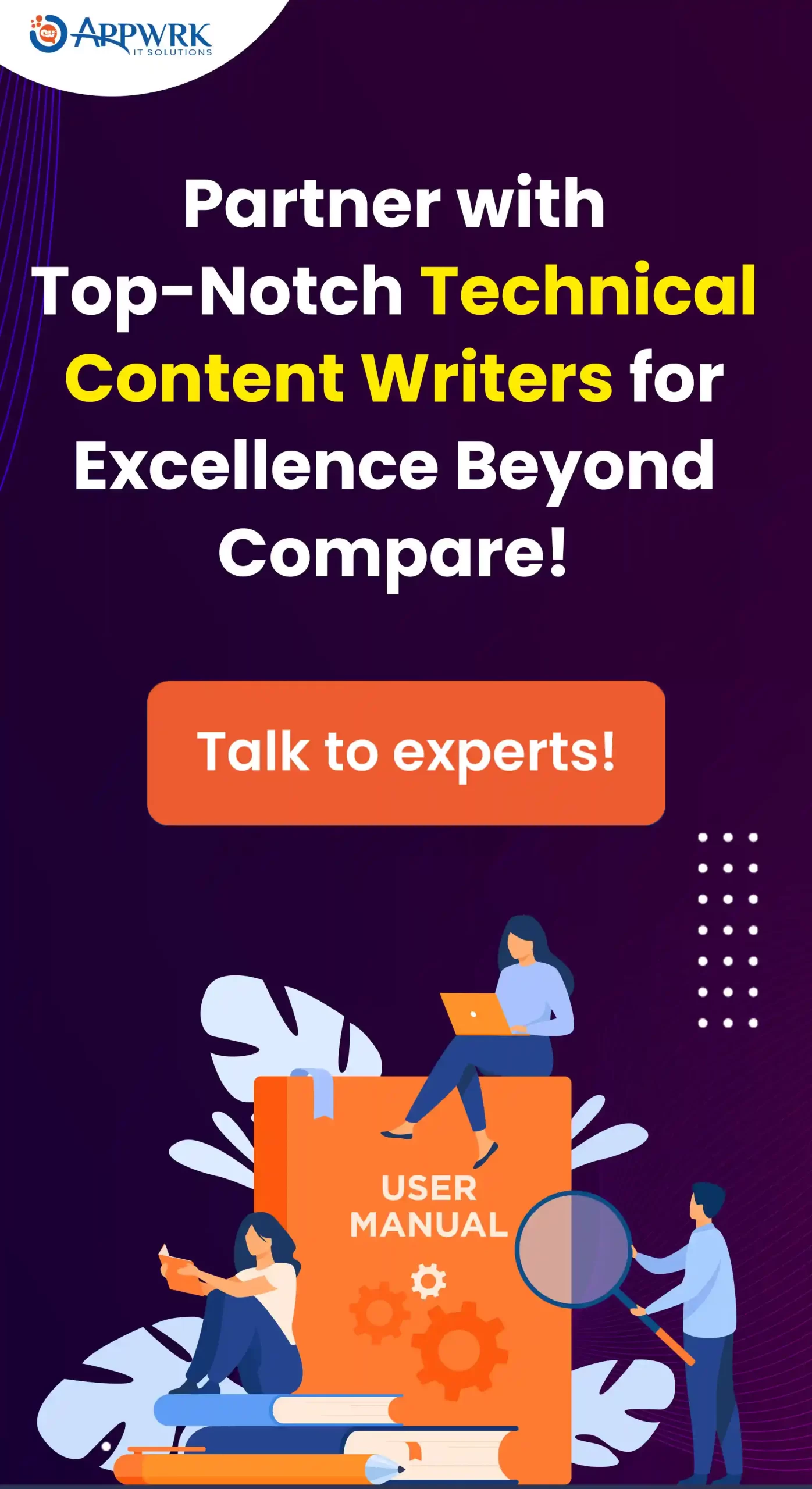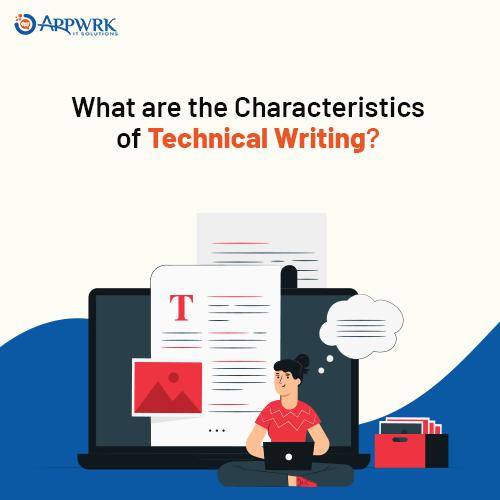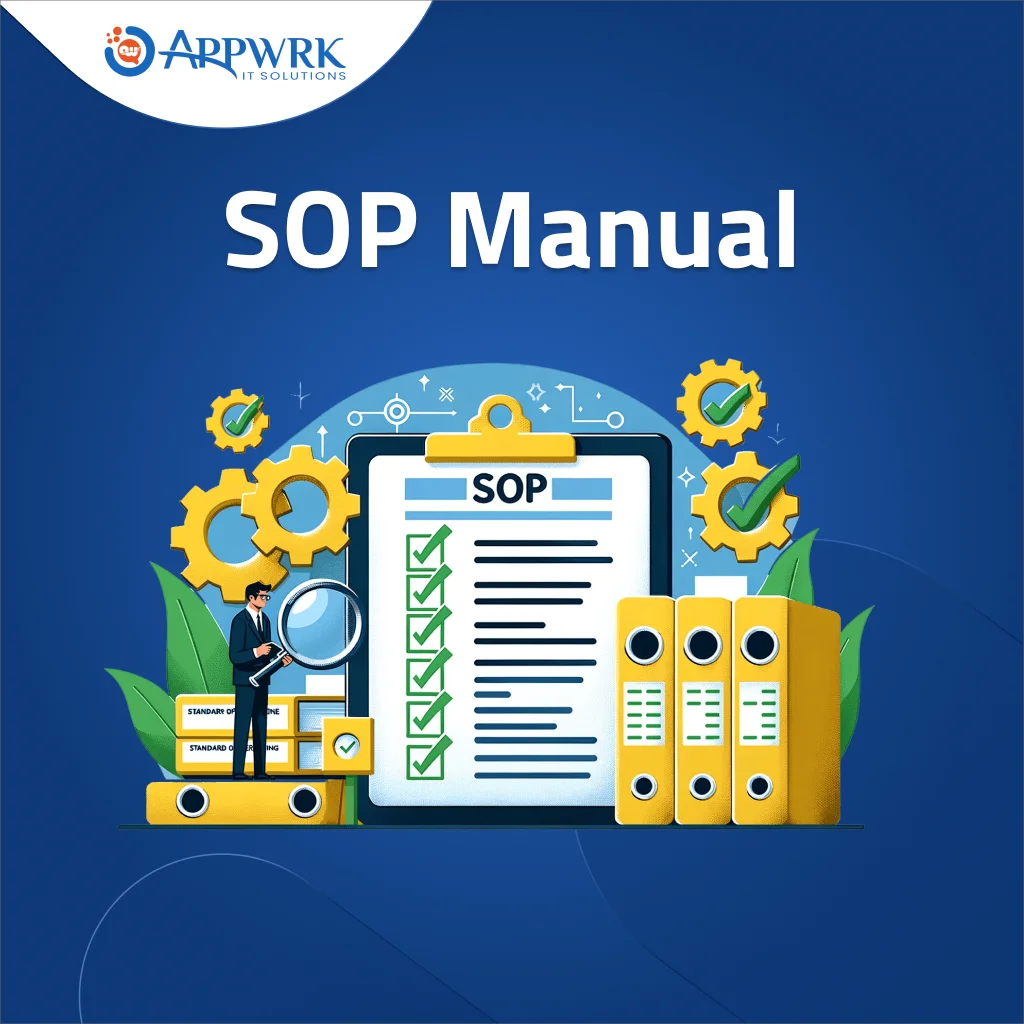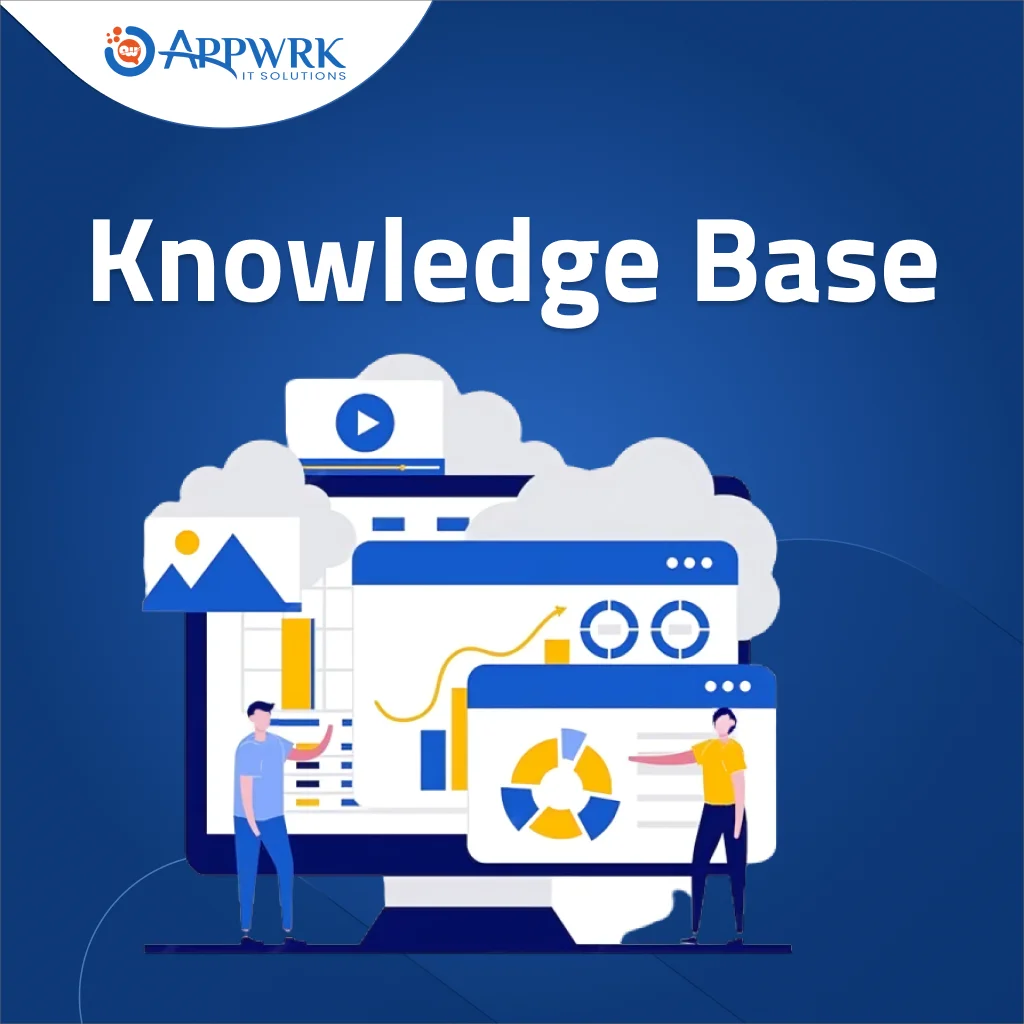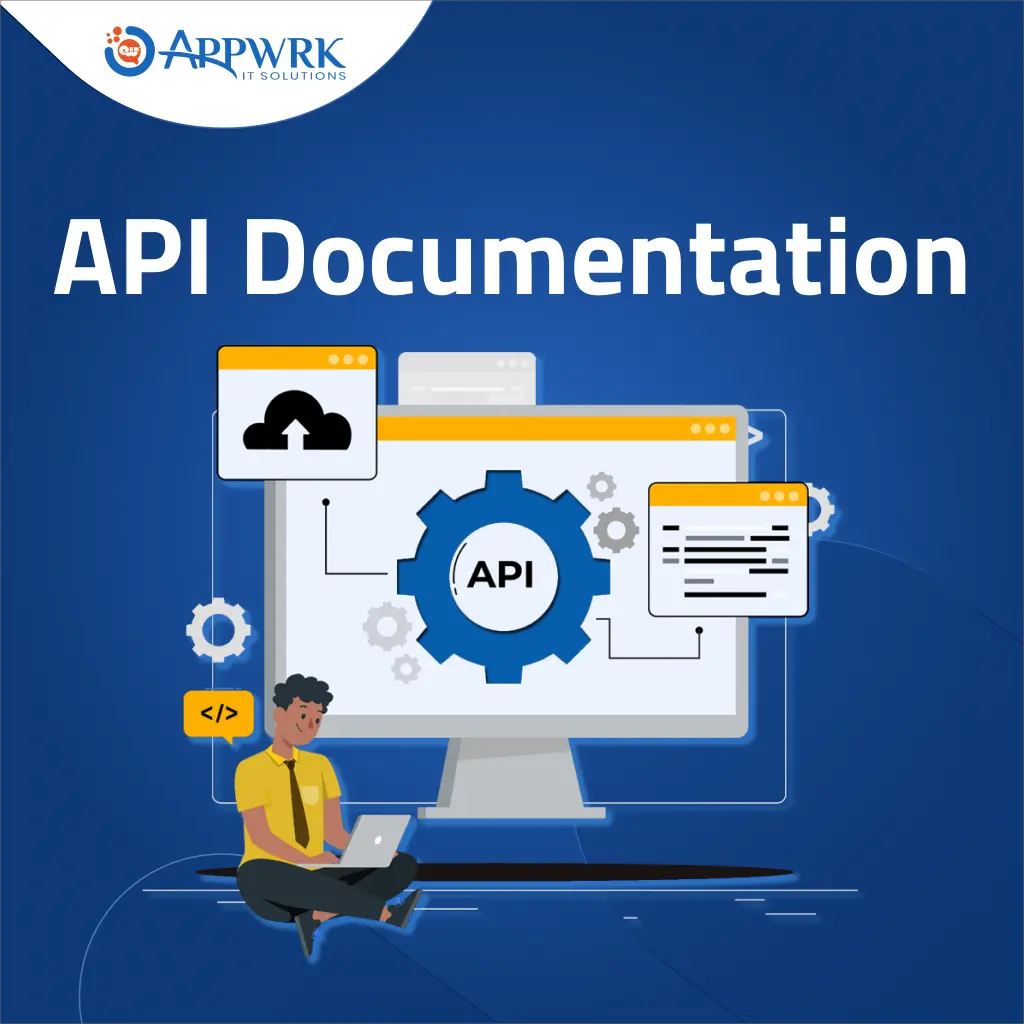Mastering End User Documentation Guide 2025
Every product needs user documentation since it facilitates the distribution of information to those within the organization and external users, including customers, collaborators, and the like.
Reliable, thorough, comprehensive documentation increases user adoption and minimizes support costs.
It is the key to gaining the trust and loyalty of customers. Creating an effective user documentation will help your team accomplish its objectives, improve customer rapport, and increase business profits. However, the issue is that there is a chance of investing time and money in a resource that your customers will hardly ever use. The goal of this blog is to assist you in creating end-user documentation that will not collect dust. Read on to learn how to create effective end-user documentation.
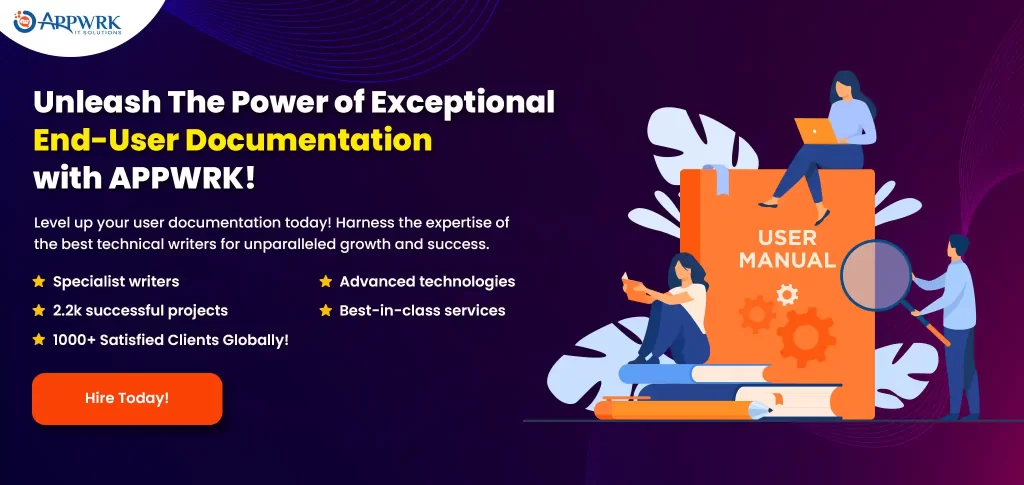
Table of contents
What is End-User Documentation?
When a customer is confronted by a product related problem, user documentation can instantly solve it. To help customers use your product to its full potential, it functions like a one-stop information hub with how-to videos, FAQs, and in-depth articles on crucial subjects.
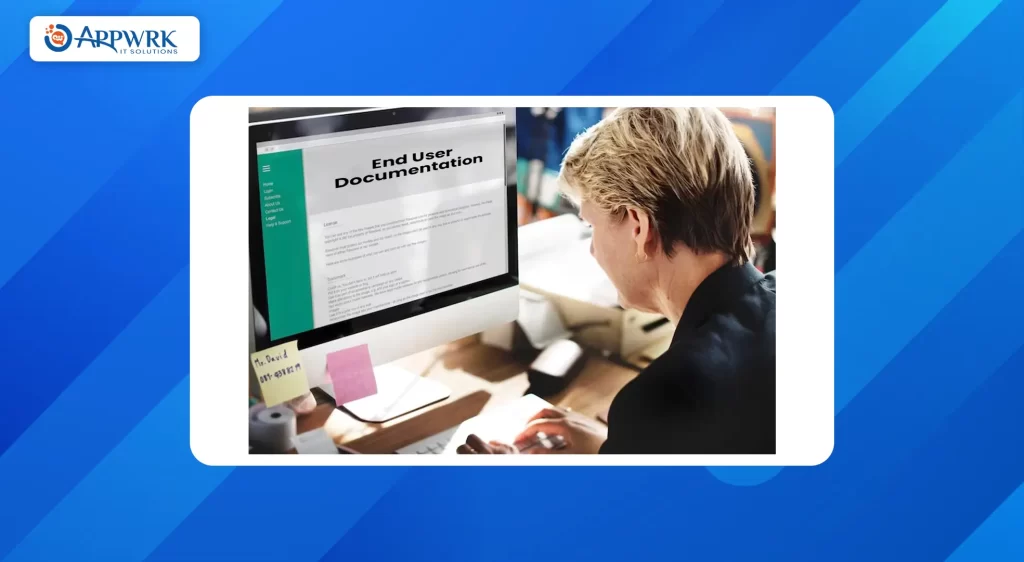
The documentation guides users through the installation, configuration, and use of your product in a way that produces the best results, using step-by-step instructions, how-to videos, and comprehensive documents. Customers can find immediate solutions for any issues they encounter while using your products, as the documentation enhances access to information.
Crucial Components of End-user Documentation
- Use Cases – Users seek instant solutions to their queries to avoid slogging through the product’s extensive customization options. User documentation should detail actual product use cases rather than demonstrating how various features operate.
- Steps – The processes, even the simplest ones, should be broken down into manageable step by step instructions in a user manual. Whether you create written content or make video tutorials, you should walk viewers through each mouse click. The purpose of each step should be briefly explained in one or two sentences.
- Visuals – Seeing something in action is frequently much more effective than reading about it. Hence, visual imagery is crucial when writing end-user manuals. Annotated screenshots, videos, and other visual content are extremely helpful in understanding concepts. In addition to breaking up lengthy passages of text, illustrations also help to reduce the amount of text that can be confusing in user manuals. End user documentation should be made easier to read by adding annotations in form of a pointer, a rectangular shape, or a sequence of numbers, which will prevent end users from struggling to figure out what to do.
End-User Documentation Types
By differentiating between the various types of user documentation, you can cater to the very particular needs of your clients at various points in their life cycles. Based on the issues they resolve, user guides can be divided into three main groups:
- Onboarding manuals – Customer retention depends on a positive customer onboarding experience. In your end-user documentation, onboarding instructions should, therefore, come first. A user’s onboarding manual includes information to help new users get started, such as creating account guidelines and describing the product’s user interface and terms. It might also be necessary to link to a glossary and other instructional materials to familiarize users with appropriate phrases and topics.
- Manuals for products – A user manual, also known as a user guide, is a tool that assists users in understanding the product. Users can search through product use cases, find tips and recommendations, find solutions to their frequently asked concerns, and more in this self-service information library.
- Troubleshooting guides – A troubleshooting manual helps users fix problems they might encounter while using a product. It identifies the fundamental causes of problems and offers comprehensive advice on how to fix them. This kind of user documentation typically necessitates a thorough understanding of the product and a focus on the technical specifications.
How to Create Effective End-User Documentation
It is crucial to understand the requirements for producing thorough end-user documentation and its goals. The purpose of your user documentation, structure & format are some of the most critical aspects of the end-user documentation. When you figure out the core objective and basic requirements of your documentation, you can break the project into manageable pieces and discover that it is more straightforward than it first appeared. Here are some important tips to create effective documentation.
Groundwork on End-users
Consider yourself one of your customers to learn about their preferences, pursuits, and history with your business. If you closely examine your target audience, it will be easier for you to decide on the tone, voice, and terminology to use and understand the content you should include in your documentation. The people who deal with customer issues first and foremost are your sales and support staff. They can give you new insights into what your customers wish for, how easily they use your program’s features, and the problematic areas.
Conducting a thorough market study to understand user behavior and investigate their issues will also help. Knowing who your documentation is intended for will enable you to establish the appropriate tone for your content.
Keep your Attention on the Issue at Hand
The most likely reason someone bought your product was to address a problem. Staying focused on this issue when writing the end user document is essential. Instead of enumerating and describing your product’s features or the intriguing design elements you’ve incorporated, inform your users about them to facilitate the product’s use. Put the problem being solved in the context of your product’s features and benefits when describing them.
Assemble a Dependable Team for Collaborative Authoring
It may appear that writing is a solitary endeavor. But it is a joint effort. It is essential to assemble an influential group with subject matter experts, product developers, project managers, and other key players who can contribute their wide range of experience and expertise. Providing your team with a centralized space to exchange knowledge and collaborate on creating insightful documentation is also imperative.
Outline the Structure
You should have a clear and concise structure covering important categories and their subcategories before your team begins creating content. Effective user documentation needs to be organized well to allow users to quickly find the page or article they’re looking for. Without a plan, they’ll probably get bogged down in the details and leave empty-handed, wasting unnecessary time. With a structure in place, your team can divide information into sections pertinent to the topic and adhere to a logical hierarchy with topics that flow naturally into one another.
Content Creation
Once a structure is in place, the writers can start filling in the sections and subsections with relevant information. Keeping things simple is a golden rule for creating great content. Clarity is a key component that can set your documentation apart from the competition. Customers seek a document that is comprehensive but simple to read and comprehend.
Here are the three most important things to consider from the content viewpoint while creating end-user documentation:
- Maintain conciseness, simplicity, and focus in your sentences and paragraphs.
- As much as possible, stay away from jargon.
- Where necessary, define technical terms and concepts.
Conclusion
One of the best ways to meet customer demand for speed is through user documentation. All of their questions are instantly answered, saving them from making the customary time-consuming calls and emails. Creating user documentation can be a breeze if you take the above-listed steps.
Effective end-user documentation is the best customer service center, sales tool, and marketing asset, all rolled into one document. The good news is that creating a valuable resource is relatively easy, especially with the help of a professional firm like APPWRK IT Solutions, which provides top-of-the-line documentation services.
Contact us to develop an extensive end-user documentation using the best technical writers in the industry.
Frequently Asked Questions (FAQs)
People frequently mix up user documentation and technical documentation. Both are comparable because they allow you to quickly identify solutions to issues and fix product-specific problems.
Yet, important distinctions set the two apart from one another. The purpose of user documentation is to assist customers in setting up and using your product. It is composed in simple sentences assuming that customers are entirely oblivious to the technical details of your offering.
On the other hand, producing technical documentation is intended for developers—the people who design and update your software—not for end users. This document includes articles on software architecture, APIs, and technical software specifications because it was drafted for the in-house development team.
An instruction manual or user guide uses a practical layout, concise language, and a problem-solving focus. It must have a table of contents, adhere to a plausible structure and flow, and present content that is accessible. Additionally, good end-user documentation should be accessible through searches and take into consideration user reviews.
End-user documentation, such as on-boarding guides or instruction manuals, are traditionally used to provide user documentation.

About The Author

